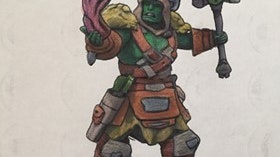Homepage
•
Learning Library
•
Blog
•
Use Dungeons & Dragons to engage all students!
Expand breadcrumbs
Expand breadcrumbs
- Learning Library
- Blog
- Use Dungeons & Dragons to engage all students!
- Homepage
- •
- Learning Library
- •
- Blog
- •
- Use Dungeons & Dragons to engage all students!
Use Dungeons & Dragons to engage all students!
By Christopher Bugaj
March 14, 2018








